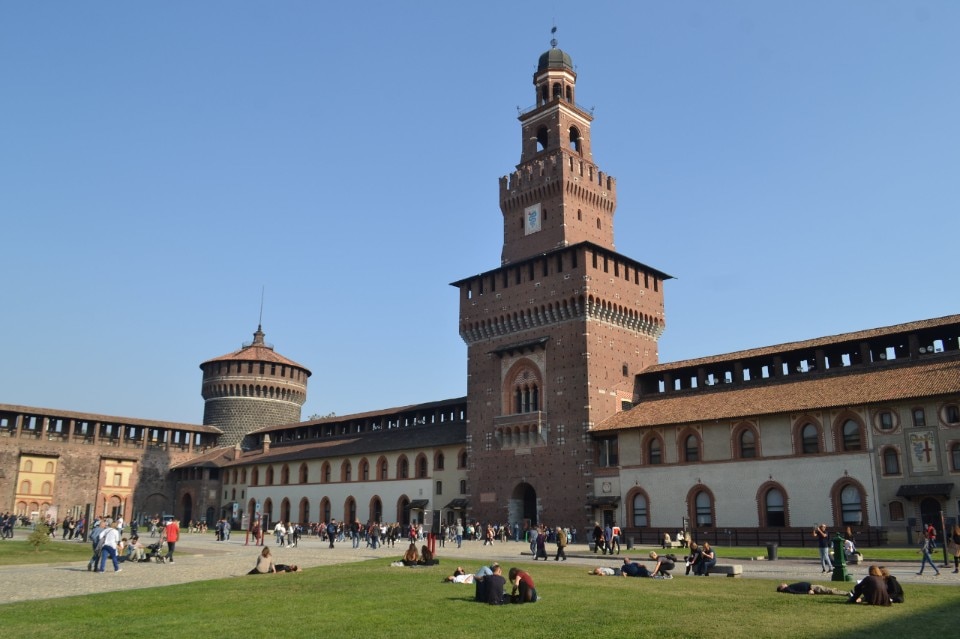Recent investigations conducted by the Politecnico di Milano, in collaboration with Castello Sforzesco and the technical support of Codevintec, have detected the presence of several underground passages beneath the castle and located below the Ghirlanda, the defensive wall with corner towers of the Sforza quadrangle, which was demolished in 1893. According to researchers, among these passages may be the legendary connection that Ludovico il Moro is believed to have built to reach the tomb of his wife, Beatrice d'Este, in the Sanctuary of the Basilica of Santa Maria delle Grazie, a passage also depicted in Leonardo da Vinci's drawings.
The passages, located just a few decimeters underground, were identified using georadar and laser scanners, which allowed for the creation of an accurate mapping of the subsoil and its structures. “The goal”, explained Franco Guzzetti, a professor of Geomatics at the Politecnico, “is to create a digital twin of the Castello Sforzesco, a digital model that not only represents the current appearance of the castle but also enables the exploration of the past, recovering historical elements that are no longer visible”.
Digital twins, virtual counterparts of real objects or processes, are an ideal tool for researchers and designers, especially due to their exploratory and immersive co-design capabilities. In the case of the discovery by the Politecnico di Milano, in addition to enriching historical documentation, the collected data can be integrated with augmented reality technologies, allowing for the development of future studies on the castle’s secret passages.
Opening image Castello Sforzesco, photo by Daniel via Flickr


